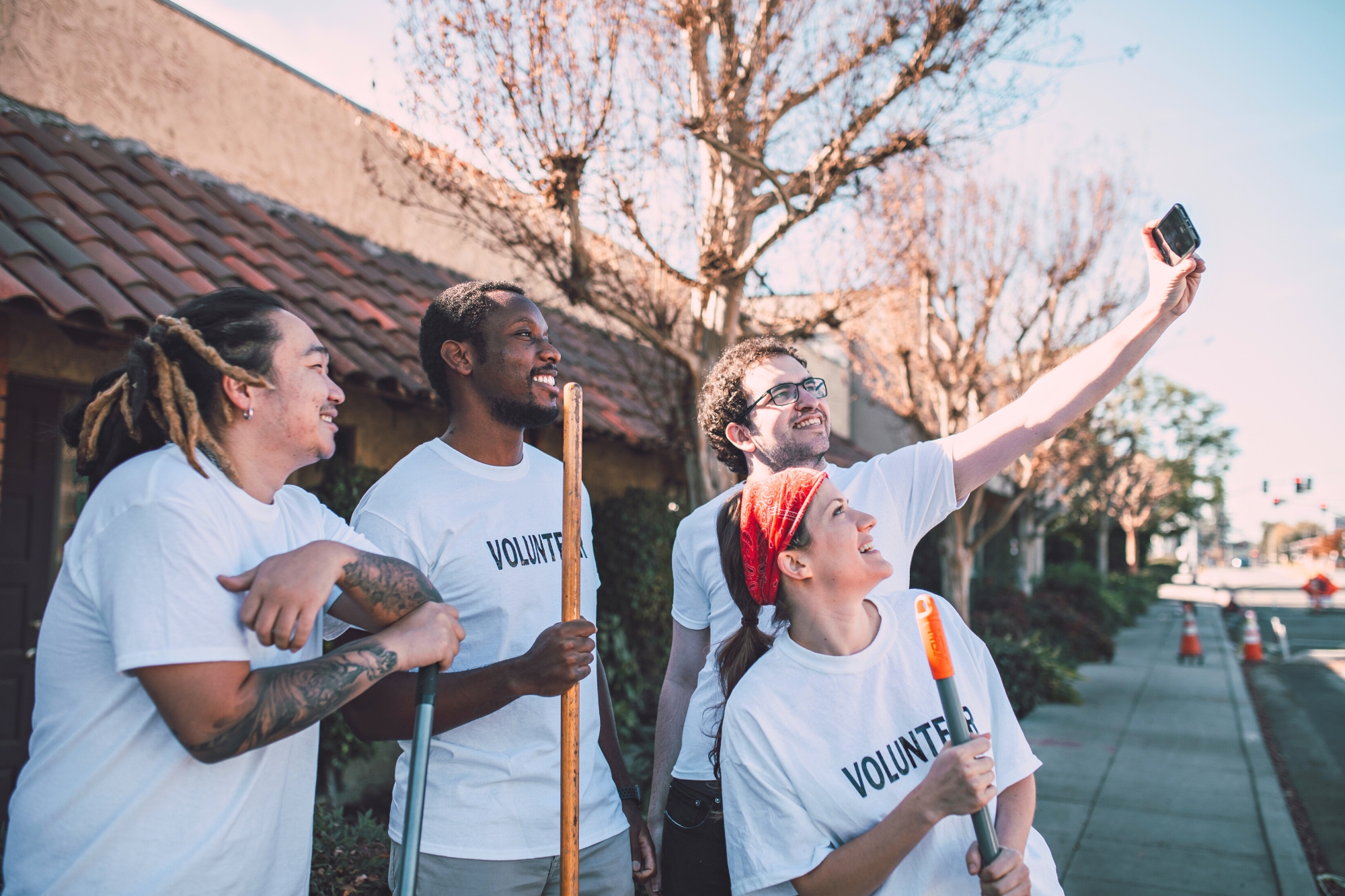10 Tips for Writing Effective Fundraising Letters
Most of the time, when you write to current and potential donors, you’re asking them to make a donation. There’s a lot riding on these letters, which leads to worries. Is the letter too long? Too short? Is the opening sentence going to get a donor’s attention and interest? At what point do we ask for money?
There’s no magic formula, no one way to write an effective fundraising letter, but there are principles to follow for a better letter.
Here are 10 tips for writing fundraising letters:
-
Consider your purpose
Before you start writing, how about gathering the staff to talk about what this letter is about? What do you hope the people who get it will do? Maybe it’s that your recipient makes a gift toward the $50,000 mobile kitchen you hope to buy that will feed people whose homes have been washed away by floods or blown away by hurricanes. Summing up purpose and goals in a sentence or two will help keep the letter on message. It also gives a letter focus. Letters that stick to one goal or mission are easier for readers to absorb and get interested in than letters that cover all the projects a nonprofit is working on. You don’t want to overwhelm a reader, so make it focused.
And don’t forget that there are other times to reach out to donors. Like now, when a worldwide crisis has upended everyone’s life. You could send a letter to fill people in on what your organization is doing to help the cause it serves at this challenging time. It’s likely they’ll be heartened by the news and they might even want to send a donation to support that work. (A lot of organizations are reaching out now, asking for support of coronavirus-related efforts.) Your letter could also let donors know you are thinking of them and express concern for them and their families. Letters that aren’t all about fundraising do well too – they solidify your relationship with donors.
-
Think about your audience
Would you send your mom and your best friend the same letter? Probably not. Audiences for fundraising letters are like that too. Different audiences need different messages so a couple of different letters might be in order. If a letter is for current supporters, you could write one for major donors and another for those who make smaller gifts. A letter written for current donors can be tweaked to fit an audience of potential donors – instead of thanking them for their past gifts, explain what their future gifts could do to help the homeless veterans your organization supports. Most nonprofits will be able to use their databases to split donors into different categories so letters can be more targeted.
-
Use personalization in your salutation
Generic salutations are impersonal. Using a person’s name makes them feel valued. The more you can personalize the better. It’s great to remind a donor how much they donated last year or how much they’ve donated in their lifetime.
-
Speak directly to your donor
You can’t use the word “you” too much in a fundraising letter. Expert after expert points out these letters need to focus not on your nonprofit but on your supporters and how their donations make your nonprofit’s work possible. So make it about them. Here are a couple of examples;
– You have done so much for homeless veterans in our community.
– Your $50 gift stocked one family’s pantry for a month.
– The monthly gift of $150 that you are making pays for two hours of public radio programs. -
Personalize the envelope
Anything you can do to make an envelope more personal is a smart move. We know there are limits, especially if you are sending hundreds of letters, but doing things like using a window envelope takes away from the personalized letter inside. As a professional marketing agency, we can suggest ways to make your envelope look less standardized and advise you on how to design a reply card that donors can fill out and send in.
-
Write like a friend
When you write to a friend, you are relaxed and comfortable. You don’t throw out big words to impress. Try writing a warm message that catches donors up on what’s happening, reminds them of how important they are to your organization, and fills them in on how they can help out with your organization’s goals. It will get a lot more eyeballs than a stiff, formal letter that sounds like it was written by a robot.
-
Avoid jargon
Buzzwords are like buzzards on a farm fence. Big, bulky, unfriendly. Have several people read a draft of your letter and suggest words that need to be replaced. Have them check for the corporate-speak that creeps in – words like “impactful” and “sustainable” – and replace them with words or phrases that are descriptive and visual. Watch for fundraising favorites like “underserved” and “benefit” and stuffy phrases like “on behalf of” or “In view of the fact.”
-
Paint a picture with words
Often, your donors don’t get to see the good their contributions do. It’s your job to be the author and the artist, using words to paint a picture to show them how their donation has been used to help a person or a cause. People like stories. It’s often effective to show the good your organization is doing through an individual’s experience, but be careful in how you portray the person. Don’t turn the recipient of your good works into a victim. You can point out the challenges they faced but use a straightforward news style to tell the facts and steer clear of sensationalism and extreme adjectives (desperate, penniless, pathetic are a few examples). The best stories focus on positive outcomes and are told without drama or theatrics.
-
Communicate what you are asking for clearly
Sometimes nonprofits hesitate to come out and say specifically what they would like the donor to do. But donors aren’t mind readers, so it’s wise to explain exactly what you’d like them to do, and to make this “ask” not once, but twice. The beginning of a letter is a great place to explain what funding is needed and how it will be used and ask for a gift. (It won’t hurt to remember their previous support, if that’s the case, and thank them for it). The close of the letter is a great opportunity to thank them for listening and urge them again to make a gift.
-
Write a P.S.
Everyone reads postscripts. Set off from the body of the letter, they stand out visually. And, they often are used to remind us of something important. They’re like saying “Oh, and by the way, before I forget.” You might use a P.S. to remind a donor of an upcoming event your organization is sponsoring or invite them to call and schedule a tour of your shelter, school, or museum. Maybe you’d like to remind them that you have a secure website where they can make their gift online. Or you might add a good piece of news about your organization – you just delivered your one-millionth meal to homebound seniors or sent the next class of kids from an inner-city, poor neighborhood off to college.
Want to know more about writing fundraising letters? We’re happy to help. We’ve seen what works for our clients. (Heartwarming stories can beat statistics, which is a reason I’m a big fan of telling stories in fundraising letters.) Give us a call and we can talk about your letter. Or if your letter is written but you need help with other aspects of the mailing – like graphic design, printing, refining your donor list and mailing, we can help you with all of that too.
Interested in how Bluegrass can help?
See what we can do.
You may also like...



